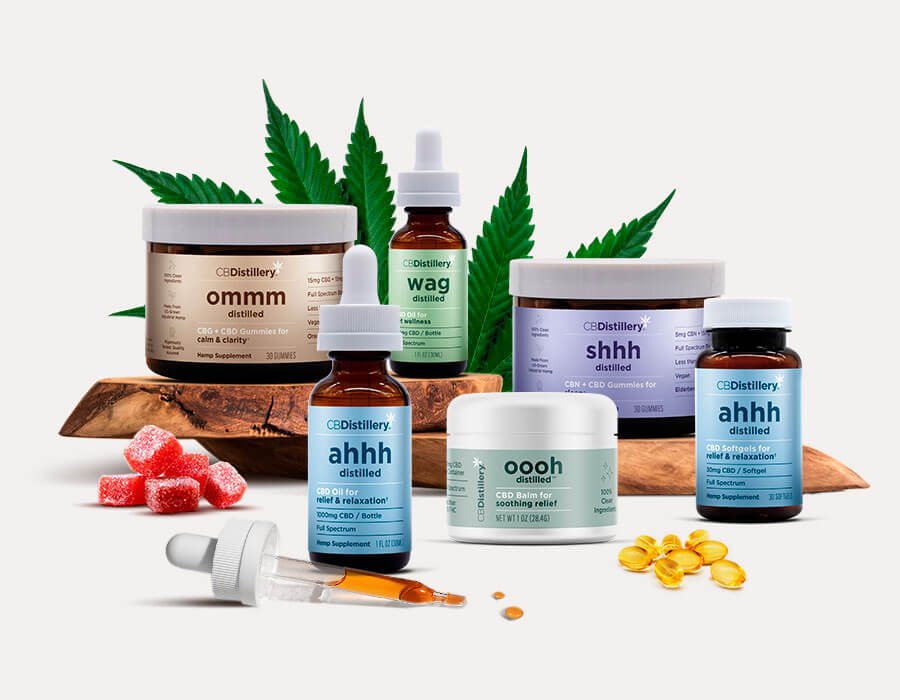Ingredients CBG
CBG stands for cannabigerol, which is a cannabinoid found in cannabis plants. It is considered one of the minor cannabinoids, meaning it is present in lower concentrations compared to cannabinoids like THC (tetrahydrocannabinol) and CBD (cannabidiol). However, CBG is gaining attention for its potential therapeutic properties and diverse range of effects.
CBG is often referred to as the "parent cannabinoid" because it is the precursor to other cannabinoids. In the early stages of the cannabis plant's growth, CBG is synthesized from cannabigerolic acid (CBGA), which is then converted into other cannabinoids like THC, CBD, and CBC (cannabichromene) through enzymatic processes.
Research on CBG is still in its early stages, but studies suggest that it may have several potential therapeutic applications, including:
-
Pain relief: CBG has demonstrated analgesic (pain-relieving) properties in preclinical studies. It may help alleviate pain by interacting with the endocannabinoid system and other neurotransmitter systems involved in pain perception.
-
Anti-inflammatory effects: CBG has shown promising anti-inflammatory properties, which could make it beneficial for conditions characterized by inflammation, such as arthritis, inflammatory bowel disease, and neuroinflammatory disorders.
-
Neuroprotective properties: Some research suggests that CBG may have neuroprotective effects, potentially helping to protect the brain and nervous system from damage or degeneration. This could have implications for conditions such as Alzheimer's disease, Parkinson's disease, and multiple sclerosis.
-
Antidepressant and anxiolytic effects: CBG has been studied for its potential to modulate mood and reduce anxiety-like behaviors in preclinical models. It may exert its effects by interacting with serotonin receptors and other neurotransmitter systems involved in mood regulation.
-
Antimicrobial properties: CBG has demonstrated antimicrobial activity against certain bacteria, including methicillin-resistant Staphylococcus aureus (MRSA) strains, as well as other pathogens. This suggests potential applications for CBG in combating bacterial infections.
CBG can be consumed in various forms, including:
-
Whole-plant cannabis: Some cannabis strains are bred to contain higher levels of CBG, although these strains are still relatively rare compared to high-THC or high-CBD strains.
-
CBG-dominant products: With advances in extraction and isolation techniques, it's now possible to find CBG-dominant products such as oils, tinctures, capsules, and concentrates that specifically target CBG content.
-
Full-spectrum CBD products: While CBG is typically present in lower concentrations compared to CBD in full-spectrum CBD products, it may still contribute to the overall therapeutic effects due to the entourage effect, where multiple cannabinoids and terpenes work synergistically.
As with any cannabinoid, the effects of CBG can vary depending on factors such as dosage, administration method, individual differences, and the presence of other cannabinoids and compounds in the cannabis plant. More research is needed to fully understand the potential benefits and mechanisms of action of CBG.


